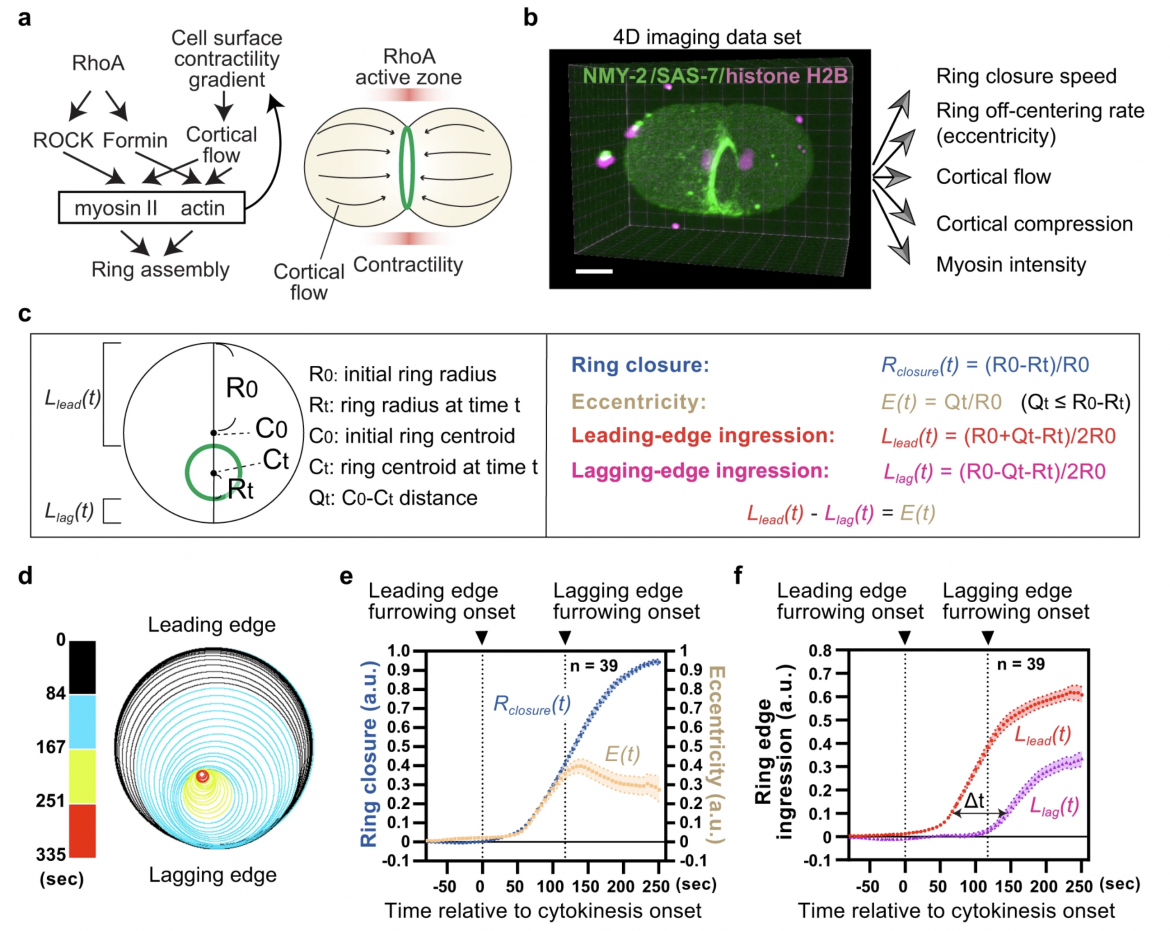
Fig. 1: High-resolution 4D analysis of asymmetric contractile ring closure in the C. elegans zygote.
Posted as a preprint May 13, 2023
Abstract
Cytokinesis plays crucial roles in morphogenesis. Previous studies have examined how tissue mechanics influences the position and closure direction of the contractile ring. However, the mechanisms by which the ring senses tissue mechanics remain largely elusive. Here, we show the mechanism of contractile ring mechanosensation and its tuning during asymmetric ring closure of Caenorhabditis elegans embryos. Integrative analysis of ring closure and cell cortex dynamics revealed that mechanical suppression of the ring-directed cortical flow is associated with asymmetric ring closure. Consistently, artificial obstruction of ring-directed cortical flow induces asymmetric ring closure in otherwise symmetrically dividing cells. Anillin is vital for mechanosensation. Our genetic analysis suggests that the positive feedback loop among ring-directed cortical flow, myosin enrichment, and ring constriction constitutes a mechanosensitive pathway driving asymmetric ring closure. These findings and developed tools should advance the 4D mechanobiology of cytokinesis in more complex tissues.